Lighter weight forged aluminum wheels benefit current and future customers with increased efficiency and lower operating costs for fleet owners and managers.
By Merrick Murphy
Trends over the past few decades reveal the steady increase in demand for aluminum wheels versus steel, with penetration increasing in all categories, and fleets of all sizes recognizing the advantages. Government regulations are adding to the push for aluminum as the best solution for fuel and freight efficiency. In response, aluminum wheel manufacturers are increasingly focused on designing solutions to meet customer demands.
Refuse fleet owners and managers are spec’ing trucks with a focus on increasing performance and efficiency while lowering weight and maintenance costs. Managers need and want to focus on running their businesses, not on maintaining their vehicles. Therefore, when selecting features for their vehicles, like wheels, fleet managers want the process to be simple while making sure quality is not compromised for weight savings.
They need to feel confident in a solutions provider with a history of inventing revolutionary breakthroughs that continually raise the bar.
Witnessing the Value
Buying lighter weight forged aluminum wheels is a no brainer when comparing maintenance, performance, efficiency and appearance to steel wheels. Also, as gas and diesel prices remain a continued focus and freight efficiency becomes more critical, the urgency for equipment to find solutions that contribute value becomes greater than ever—not only in North America, but also all over the world.
A recent study conducted by a third party testing agency and following SAE J1321 standardized fuel consumption test procedures, found that aluminum wheels can improve fuel economy by 1.9 percent over steel wheels in a 35 mph stop and go test cycle. Since fuel is historically the single largest operating cost to fleets and most refuse fleets undergo stop and go route cycles, savings on this expense drop immediately to the bottom line.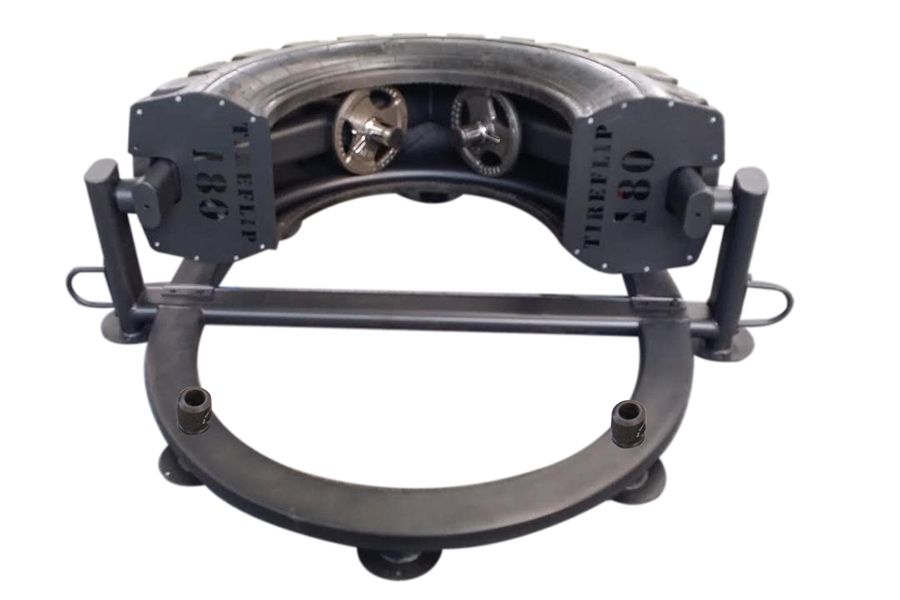 Whether for last mile delivery or for applications that experience stop and go, a nearly 2 percent fuel economy improvement can really add up.
Whether for last mile delivery or for applications that experience stop and go, a nearly 2 percent fuel economy improvement can really add up.
Maintenance is also a priority among equipment managers in the refuse and recycling segment. Forged aluminum wheels offer reliable strength that significantly lowers maintenance effort and furthers the life of the equipment. Aluminum wheels do not require the continual that refurbishing steel wheels do: removing rust, re-painting or other labor-intensive actions. In addition, aluminum wheels are not painted like steel wheels, eliminating the need for touch ups. These additional maintenance steps result in higher overall lifetime costs.
Save on Weight, Gain on Efficiency and Resale
Refuse and recycling equipment managers should consider overall lifetime operating costs when spec’ing wheels on new equipment since forged aluminum wheels can improve quick and continuous “payback” in fuel savings or freight productivity combined with maintenance savings over the life of the truck.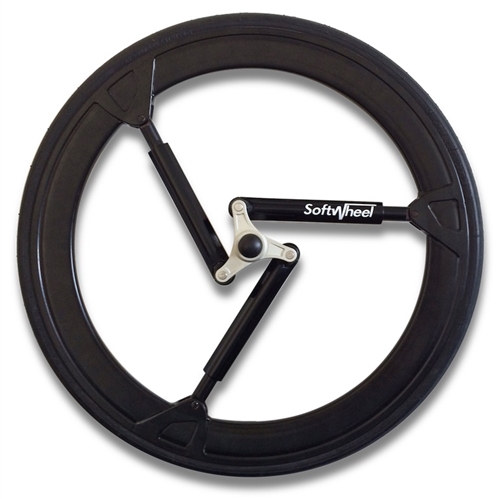 Forged aluminum wheels’ strength, durability and low weight deliver environmental advantages to complement their financial benefits. With larger payloads due to the weight savings, trips are reduced, and, since forged aluminum wheels are infinitely recyclable, they will never see a landfill.
Forged aluminum wheels’ strength, durability and low weight deliver environmental advantages to complement their financial benefits. With larger payloads due to the weight savings, trips are reduced, and, since forged aluminum wheels are infinitely recyclable, they will never see a landfill.
Third party research also confirms that aluminum wheels retain 75 percent of their resale value even after up to 10 years of use. So when you couple freight efficiency and fuel economy with lower lifetime operating costs and payback of vehicle resale, the smart money is on aluminum wheels.
Curbing Damage and Rim Flange Wear
A hot topic among equipment managers is curbing damage. Forged aluminum wheels are significantly stronger than steel wheels and offer the strength to improve maintenance and further the life of the equipment. And in hostile environments where curbs and potholes are the norm, forged aluminum wheels stand up to stay stronger for longer. Additionally, some types of aluminum wheels feature a specially treated rim flange that extends wheel service life for heavy haul and shifting load applications.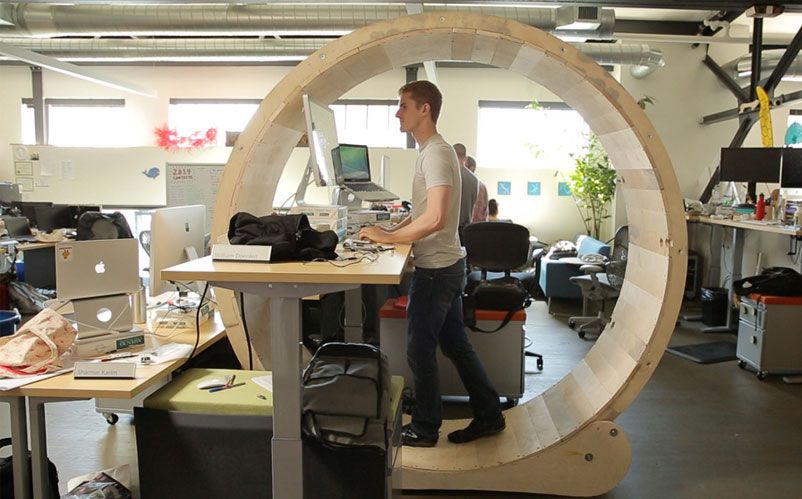 This design feature makes these protected wheels most appropriate for applications where loads are heavy and prone to shifting, causing tire walls to rub against the wheel rims.
This design feature makes these protected wheels most appropriate for applications where loads are heavy and prone to shifting, causing tire walls to rub against the wheel rims.
The past few years have brought many new breakthroughs into the commercial transportation space and suppliers are always working on innovations in product design, manufacturing, alloy and finishes. New wheel products benefit current and future customers with innovations that increase efficiency and lower operating costs for fleet owners and managers.
Merrick Murphy is President of Arconic Wheel and Transportation Products (Cleveland, OH). Arconic Wheel and Transportation Products serves the commercial vehicle market with products used in a range of applications including forged aluminum wheels such as Ultra ONE® with MagnaForce® alloy, Dura-Bright®, Dura-Flange®, LvL ONE® and M-Series® medium duty truck wheels, as well as a variety of other complementary accessory products for those markets.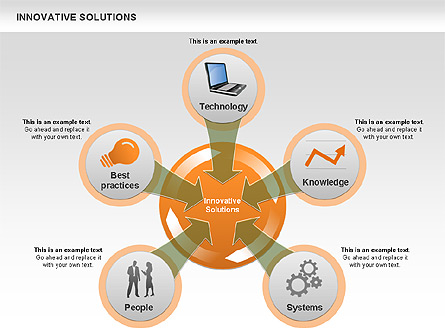 For more information, visit www.alcoawheels.com.
For more information, visit www.alcoawheels.com.
BBB Rating and Accreditation information may be delayed up to a week.
http://www.innovativewheelsolutions.com
Email Business
Wheels, Automobile Body Repairing & Painting, Automobile Customizing
Parking: Lot, Self
Hi there!
Be the first to review!
5First-class4Better than most3About what I expected2Not the worst.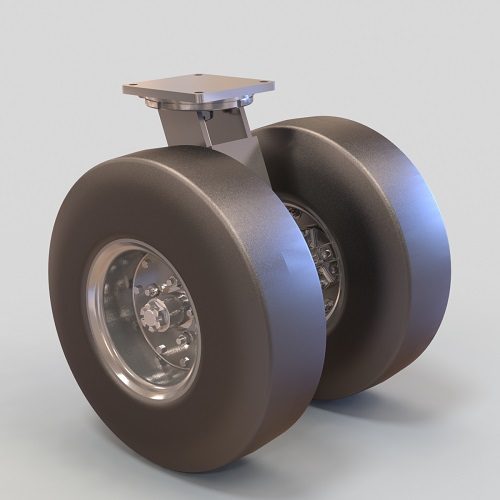 ..1Disappointing
..1Disappointing
Click to Rate
Phone: (864) 420-6346
Address: 4403 Highway 153, Easley, SC 29642
Website: http://www.innovativewheelsolutions.com
916 N Church St, Greenville, SC 29601
1740 Piedmont Hwy, Piedmont, SC 29673
1602 N Main St, Greenville, SC 29609

2244 Powdersville Rd, Easley, SC 29642
3630 Calhoun Memorial Hwy, Greenville, SC 29611
745 Black Snake Rd, Easley, SC 29640
904 Pinckney St, Greenville, SC 29609
5915 Augusta Rd, Greenville, SC 29605
400 E Marion Rd, Greenville, SC 29617
09/22/2020
Article from the magazine Railway Transport No.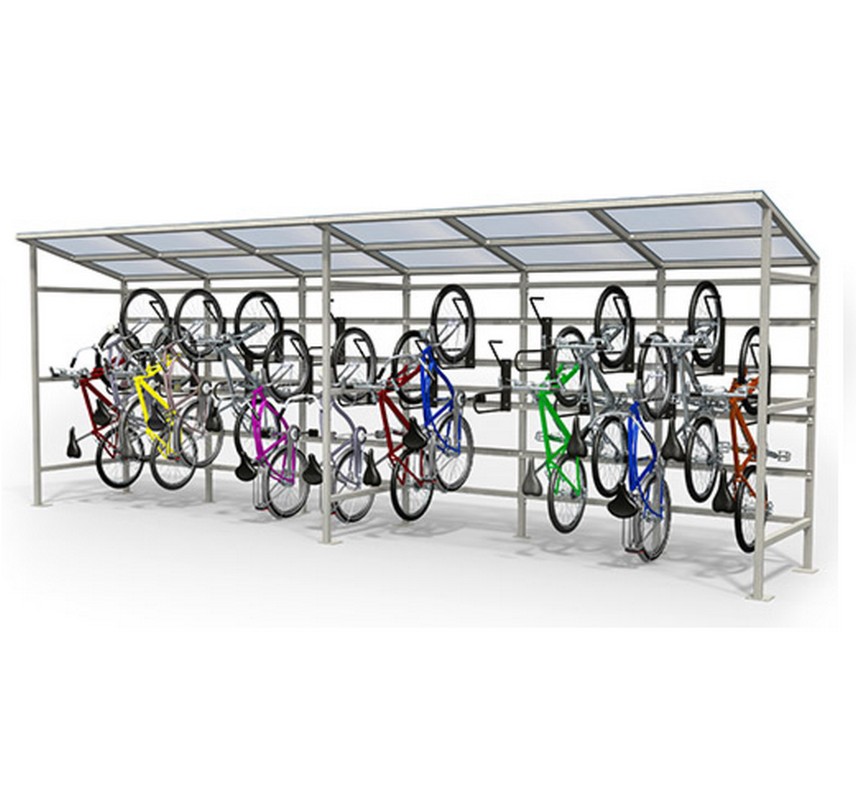 7 2020 "Prospects for the development of innovative car building"
7 2020 "Prospects for the development of innovative car building"
The main share of failures of freight cars of the modern fleet is associated with malfunctions of wheel sets, as well as with a violation of the safety of cars in the process of loading and unloading operations. An analysis of the operational reliability of freight cars (Fig. 1) and technical and technological decisions taken with it in mind during the development and subsequent operation of new generation freight cars will make it possible to realize high technical and economic indicators of the car fleet that meet the requirements of all participants in the transportation process - shippers, owners of transport funds and Russian Railways as the owner of the infrastructure and the organizer of the transportation process.
In our opinion, a freight car of the 21st century (Fig. 2) must meet the following main criteria:
— high efficiency in operation;
— lower life cycle cost compared to cars currently produced;
— reduced dynamic impact on the railway track (the so-called track-friendly wagon) and, as a result, less noise impact on the environment.
The main technical and economic indicators of a freight car of the XXI century:
— overhaul run from construction to the first depot repair - up to 1.2 million km;
— the distance of travel as part of a train from the place of loading to the place of unloading without maintenance is at least 10,000 km;
— the design speed of high-speed platforms for container and piggyback transportation is up to 160 km/h.
Rice. 1. analysis of the operational reliability of freight cars (based on cuts to the current uncoupling repair in 2019G.)
To create design documentation for innovative railcars, it is necessary to advance the development of regulatory and technical documentation in the form of relevant interstate standards and design norms. Considering that many technical solutions and innovative materials will be used for the first time, manufacturers of innovative rolling stock already today need to conduct appropriate R&D and testing, including numerical simulation.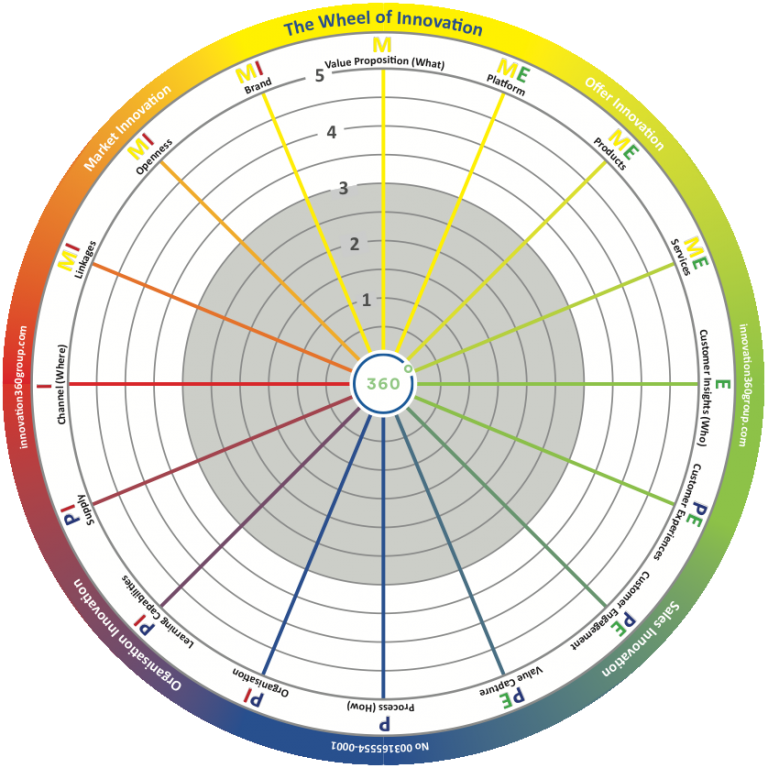
With the participation of NP "OPZhT" as part of the activities of the technical committee for standardization TK 045 "Railway transport" and the Interstate Committee for Railway Transport MTK 524 over the past five years, 26 standards for freight cars and their components have been developed.
Rice. 2. Freight car of the XXI century
The experience of operating new generation railcars is extremely important, as a result of which it is possible to use well-proven individual components and parts. An example is the installation of wheels made of steel of increased hardness of the “T” grade with an increased hardening depth. As the results of controlled operation showed, the degree of wear of wheels of this type is much lower than those made of steel grade "2", and, as a result, they have increased operational reliability (Fig. 3). In this regard, it should be noted that it is necessary to consider the issue of the optimal difference in the hardness of wheels and rails, including taking into account world experience (Tables 1 and 2). Numerous foreign studies show that the use of wear-resistant rails in curves does not adversely affect wheel wear. According to the Massachusetts Institute of Technology and the US Transportation Technology Center (TTCI), the most optimal ratio of wheel to rail hardness is close to 1. A further increase in hardness does not affect wheel wear. A complete transition of the car fleet to hard wheels would reduce cuts for repairs, as well as increase the overhaul runs of cars, however, at present, the purchase of wheels made of steel with increased hardness does not exceed 30%.
Numerous foreign studies show that the use of wear-resistant rails in curves does not adversely affect wheel wear. According to the Massachusetts Institute of Technology and the US Transportation Technology Center (TTCI), the most optimal ratio of wheel to rail hardness is close to 1. A further increase in hardness does not affect wheel wear. A complete transition of the car fleet to hard wheels would reduce cuts for repairs, as well as increase the overhaul runs of cars, however, at present, the purchase of wheels made of steel with increased hardness does not exceed 30%.
On the positive side, the use of cassette-type axle bearings has proven itself (Fig. 4). This topic has been repeatedly discussed at various levels, including at the off-site meeting of the OPZhT Committee for Freight Rolling Stock at the site of EPK-Brenko Bearing Company LLC in Saratov on February 13–14, 2020. Currently, localization of the production of cassette bearings for freight rolling stock based on the requirements of Decree of the Government of the Russian Federation dated July 17, 2015 No.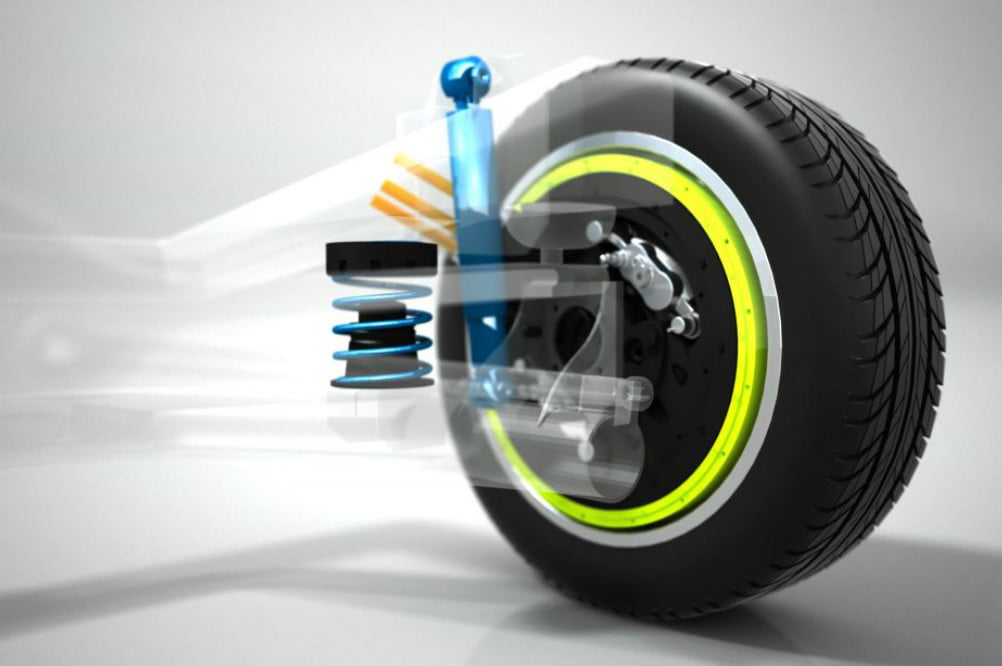 719and the creation of service centers for their maintenance on the railway network.
719and the creation of service centers for their maintenance on the railway network.
Important areas in innovative railcar building also include:
– development of rubber products with increased wear resistance and service life;
— development and implementation of lubricants with a service life in brake devices and axlebox units increased to 10 years;
— widespread use of new materials with increased wear resistance, including composites (Fig. 5).
In November 2019, a meeting of the Research and Production Partnership Council on the use of composite materials in critical structures of the railway infrastructure and rolling stock was held at the site of OPZhT. According to the participants of the meeting, the use of composite materials in the elements of railway infrastructure and rolling stock will have a positive impact on their life cycle. In order to improve traffic safety and reduce the volume of maintenance, structures made of polymer composite materials should be more widely introduced in the manufacture of innovative freight cars.
A necessary condition for the development of high-speed platforms for container and piggyback transportation is their mandatory equipment with electro-pneumatic brakes. At present, JSC MTZ TRANSMASH has developed a line of brake control systems with various options (Table 3), including a system for advanced diagnostics of the state of the car equipment, which transmits information to the locomotive via a radio channel. The set of these options affects the cost indicators.
At the Scientific and Technical Council of Russian Railways, held on June 4, 2020, much attention was paid to the creation of a digital freight car. Scholars have expressed different points of view. At the same time, the expediency of certain proposed directions in the field of creating such a car raises serious doubts. For example, it is absolutely superfluous to establish control over the integrity and wear of automatic couplers, bolsters, and side frames. The proposal for the use of electro-pneumatic brakes in freight traffic has not been thought out at all. Innovations of this type require separate consideration, including from the point of view of a technical and economic assessment and the natural impact on tariffs in the field of freight transportation. In the scheme for the transportation of liquid cargo along the Northern Latitudinal Railway using unmanned technologies, the proposed location of wagon maintenance points after an average of 800 km contradicts the strategy of wagon operation without all types of maintenance at landfills up to 10 thousand km long. The scheme also requires separate consideration with the participation of manufacturers, rolling stock operators and Russian Railways.
Innovations of this type require separate consideration, including from the point of view of a technical and economic assessment and the natural impact on tariffs in the field of freight transportation. In the scheme for the transportation of liquid cargo along the Northern Latitudinal Railway using unmanned technologies, the proposed location of wagon maintenance points after an average of 800 km contradicts the strategy of wagon operation without all types of maintenance at landfills up to 10 thousand km long. The scheme also requires separate consideration with the participation of manufacturers, rolling stock operators and Russian Railways.
An integral part of innovative car building as part of the implementation of the digital transformation project in railway transport is the electronic document management system developed by NP OPZhT together with Rostransnadzor and JSC Russian Railways, which includes a single national database "Critically Significant Components of Rolling Stock" and an automated system "Electronic inspector” (Fig.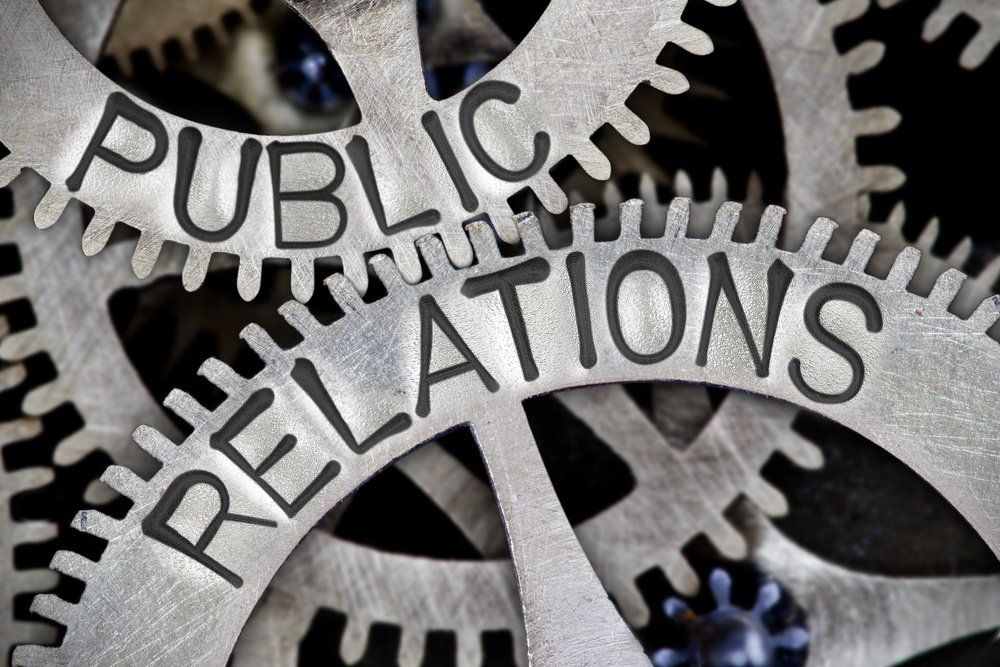 6). In April 2020, the first stage of its implementation was implemented. The use of this software product will ensure the transition to a paperless exchange of information related to the manufacture of products and the creation of an expanded database for accounting for rolling stock products. This project will increase the level of interaction between all participants in the transportation process, as well as limit the circulation of counterfeit and counterfeit products on the railway network.
6). In April 2020, the first stage of its implementation was implemented. The use of this software product will ensure the transition to a paperless exchange of information related to the manufacture of products and the creation of an expanded database for accounting for rolling stock products. This project will increase the level of interaction between all participants in the transportation process, as well as limit the circulation of counterfeit and counterfeit products on the railway network.
Through the AS "Electronic Inspector", the manufacturer generates an electronic quality passport for products, protected by a qualified electronic signature both from the quality service of the manufacturer and from the organization exercising inspection control. The software of AS "Electronic Inspector" was developed on the basis of 1C: Enterprise 8.3 using libraries of standard subsystems and posted on the Internet portal, which made it possible to minimize the financial costs of system users.
The electronic accounting system for manufactured products automatically generates a common database of manufactured products and makes it possible to search according to specified criteria, including part number, number of the certificate of conformity, drawing, date of shipment. It allows the company to track the volume of output within the validity of the certificate of conformity, control the uniqueness of the assigned numbers, thereby preventing the release of duplicates on the infrastructure, and also confirms the legitimacy of units and parts purchased and installed by the consumer on the rolling stock.
The program provides for the transfer of information about the products accepted and put into circulation to the personal account of the legal entity (manufacturer) of the Rostransnadzor website with the formation of a local database (for the enterprise) and a common one for the entire range of railway products subject to mandatory conformity assessment.:quality(80)/images.vogel.de/vogelonline/bdb/1537400/1537408/original.jpg)
Today, the necessary supporting documents are being actively formed and implemented, including the development of an organization standard (STO) of the OPZhT, which establishes the procedure for the work of AS "Electronic Inspector", the process of switching to electronic signing of quality passports, as well as the procedure for concluding data confidentiality agreements for all project participants.
Until the end of the year, AS Electronic Inspector will be implemented at 19 transport engineering enterprises covering 32 types of products, including a side frame, a bolster, a solid-rolled wheel, an axle, a wheelset, an air distributor and a driver’s crane No. 395. This will significantly improve the quality level of manufactured products, traffic safety and exclude the use of non-certified and counterfeit products in the construction and maintenance of rolling stock.
The committees and the Council of Chief Designers of OPZhT will continue active work in the field of consideration of the whole range of issues related to the creation of new types of freight rolling stock.
V.A. GAPANOVICH
President of the non-profit partnership "Association of Railway Equipment Manufacturers" (NP "OPZhT"), Candidate of Technical Sciences
S.V. KALETHIN
Vice President of NP "OPZhT", General Director of JSC "SG-trans", Candidate of Technical Sciences
Source: MOYAKOLEYA1520
Author : Vasilevsky Sergey Alexandrovich
Heading : Economics and management
Posted by in young scientist #14 (148) April 2017
Publication date : 04/10/2017 2017-04-10
Article viewed: 2988 times
Download electronic version
Download Part 4 (pdf)
Vasilevsky, S.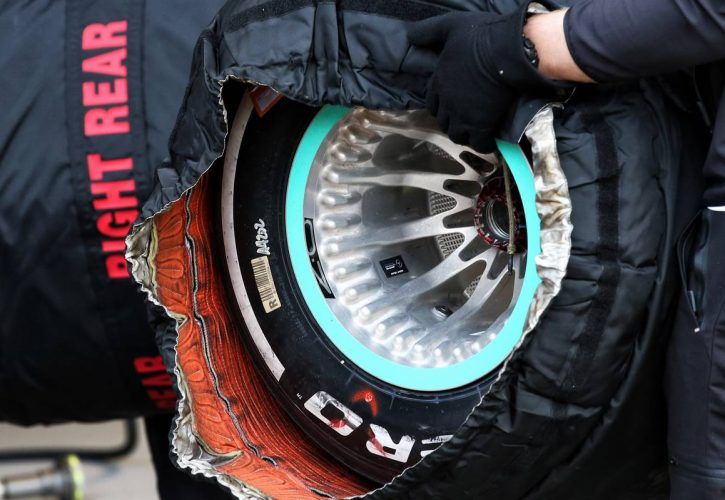 A. Innovation strategy of Russian Railways / S. A. Vasilevsky. - Text: direct // Young scientist. - 2017. - No. 14 (148). - S. 331-333. — URL: https://moluch.ru/archive/148/41837/ (date of access: 11/11/2022).
A. Innovation strategy of Russian Railways / S. A. Vasilevsky. - Text: direct // Young scientist. - 2017. - No. 14 (148). - S. 331-333. — URL: https://moluch.ru/archive/148/41837/ (date of access: 11/11/2022).
The article examines innovations in Russian Railways, the world's largest transport company. It provides an understanding of the organizational structures and technology management processes through which Russian Railways moved from simply importing high technology to becoming a source of technological growth and development for Russia. This article also provides an opportunity to explore innovation management processes in public service companies. Social innovations that directly affect the standard of living of the population may be more relevant for developing countries than the export of high-tech products abroad. In addition, service companies can act as important producers of innovation to stimulate local innovation.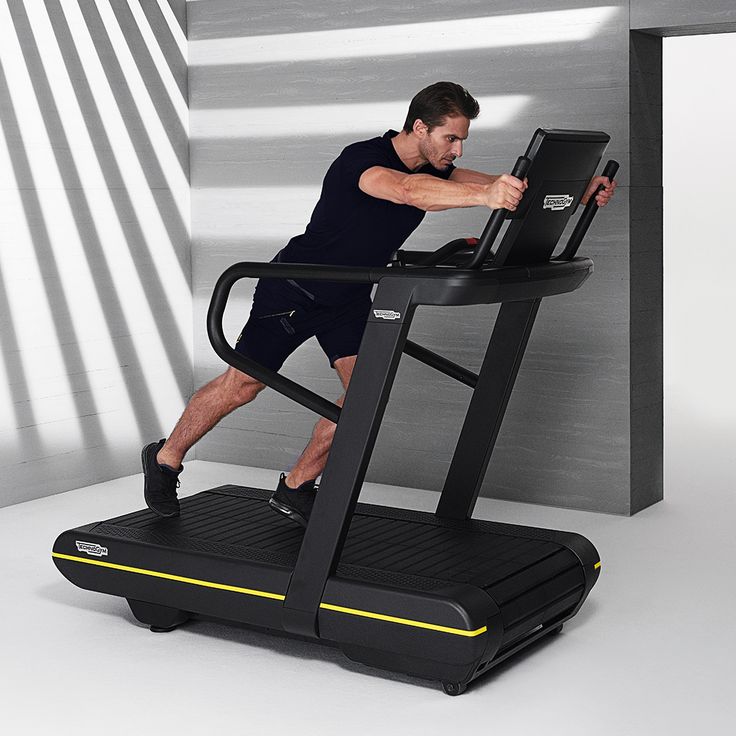
Keywords: innovations, innovation strategy, Russian Railways, energy efficiency, Siemens
The innovation strategy of Russian Railways includes twelve priority areas: transportation management system, infrastructure, rolling stock, traffic management system and safety, disaster risk reduction, reliability and service life increase, high-speed traffic, corporate quality management system, improvement of economic and energy efficiency, environmental protection, technical regulation, use of innovative satellite and geographic information systems. However, special importance is given to projects that meet government priorities. It is very important to improve the energy efficiency of rolling stock.
The innovation activity management system at Russian Railways should be integrated into the corporate decision support system. The main problem of innovation management was to align the various levels of planning, intellectual property management policy and create a clear chain of command.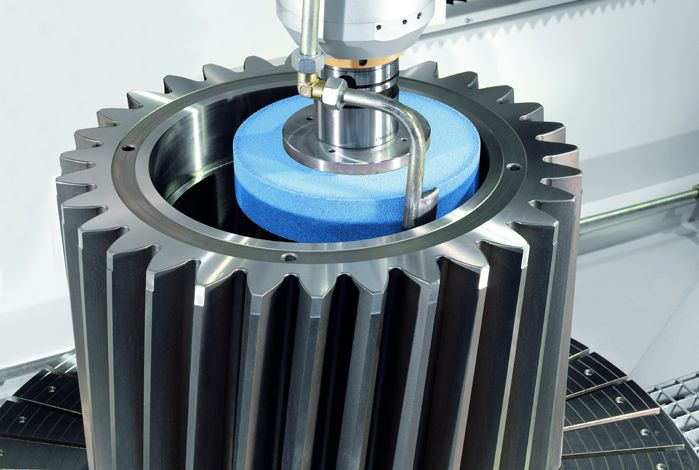 The last point is important because management at different levels cooperates with many partners of the company. Therefore, ownership of the projects has been attributed to key executives and centers of excellence.
The last point is important because management at different levels cooperates with many partners of the company. Therefore, ownership of the projects has been attributed to key executives and centers of excellence.
Russian railways formulate their strategic directions in an annual plan based on trends in science and technology, fundamental and applied research (mainly new technologies applied in other companies), feasibility studies, long-term development plans and prototypes. This planning is carried out at all levels of management of the company, divisions, subsidiaries and third parties. The company also holds weekly meetings on various aspects of innovation in order to quickly make joint decisions on important company issues.
The company is successfully engaged in technologies in areas such as traffic control and safety systems in cooperation with satellite technologies of the Russian GLONASS. In addition, innovation activities are carried out in close scientific cooperation with universities, institutes of the Russian Academy of Sciences, state corporations, and business communities. Critical technology areas where the development gap will not be easily closed through collaboration with existing partners require technology transfer from leading international and domestic companies. The main point here is the development of innovative rolling stock.
Critical technology areas where the development gap will not be easily closed through collaboration with existing partners require technology transfer from leading international and domestic companies. The main point here is the development of innovative rolling stock.
Today, Russian Railways still relies on Russian D49 diesel-electric engines, which have been created and modernized for more than 40 years. Now, further improvements are no longer possible, as this model is outdated.
The energy efficiency of rolling stock is a topic of great interest, given that a large amount of electricity is consumed by locomotives. Therefore, one of the company's top priorities is to reduce energy consumption. Here, the most striking example of success is the introduction of the GT1h-002 gas turbine locomotive. Its 8500 kW gas turbines are well suited for non-electrified tracks in Siberia and the Far North. Its operating costs are lower than traditional diesel fuel. Since the beginning of the controlled operation of this gas turbine locomotive in November 2015, work on the Sverdlovsk road has been completed in the amount of 110 million tkm gross, the mileage was 20 thousand km.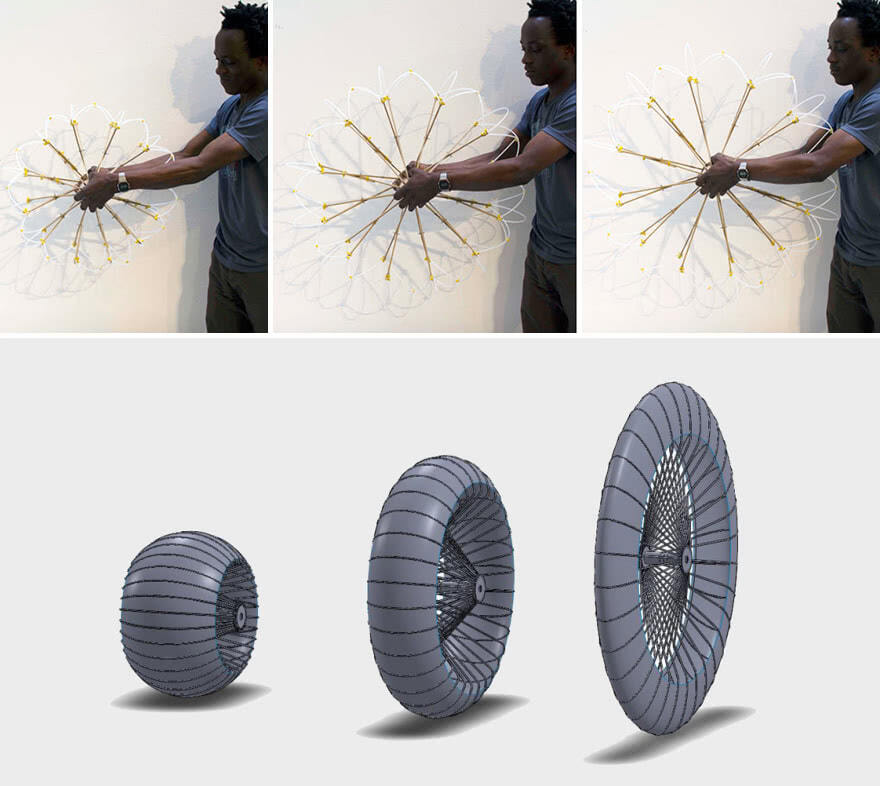 And on May 23, 2016, during an experimental trip along the route Surgut - Voynovka, the possibility of driving trains weighing up to 9000 tons on a shoulder with a length of 700 km without refueling.
And on May 23, 2016, during an experimental trip along the route Surgut - Voynovka, the possibility of driving trains weighing up to 9000 tons on a shoulder with a length of 700 km without refueling.
In the west of Russia, the population density is relatively high, and the big cities are very densely populated. The terrain is flat and very well suited for high speed trains. Russian railways considered developing a high-speed train on their own, but decided it was not worth the effort.
Instead, in order to quickly increase the technological level, Russian Railways studied best practices around the world. Siemens was chosen as the most suitable partner. The first contract was signed on 18 May 2006 between Russian Railways and Siemens for eight high-speed trains and a 30-year service contract. Created on the basis of the ICE3 train, the Sapsan trains for 600 passengers initially connected Moscow with St. Petersburg and since July 20I0 Moscow and Nizhny Novgorod. The train engines run on 3 kV DC and 25 kV AC 50 Hz and the equipment of the trains has been adapted to Russian standards.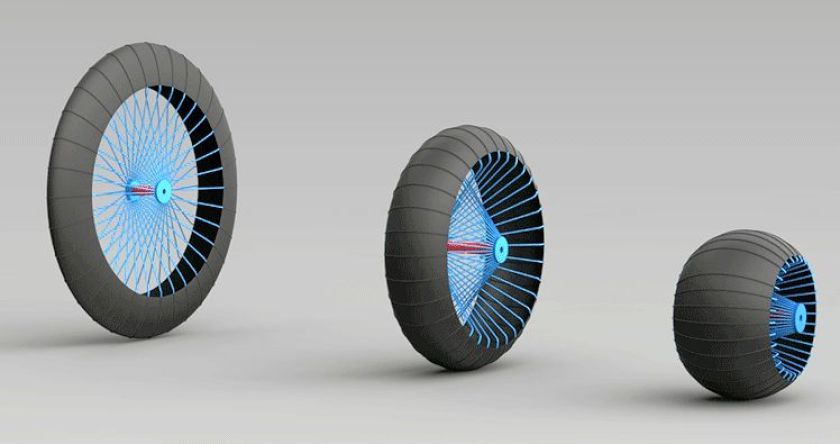 However, after the first stage of testing, it became clear that the ICE3 train was not fully suitable for the harsh climatic conditions of Russia.
However, after the first stage of testing, it became clear that the ICE3 train was not fully suitable for the harsh climatic conditions of Russia.
The trains were first tested in winter, when it was not very cold. But then the temperature dropped below -30. Wheelsets began to wear out. The Italian manufacturer could not provide a solution and a need arose for new wheelsets. As a starting point, the original wheelsets began to be replaced with similar ones from decommissioned Russian trains, while a team of Russian and German scientists began working on new wheelsets. As a result, what started as a simple purchase order from an international company has evolved into a multi-layered collaborative innovation process. After a period of experimentation, a reliable solution to the wheelset problem was found. These joint research projects have resulted in the registration of no less than 26 joint patents.
The automatic train traffic control system used by Russian Railways is completely Russian-made.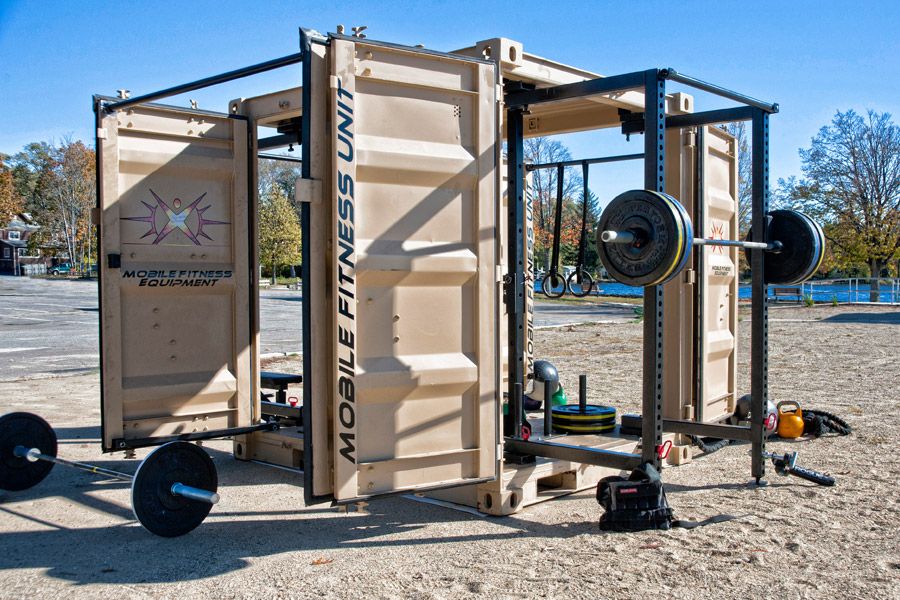 Russia is the only country where high-speed trains run on the same tracks as local and freight trains.
Russia is the only country where high-speed trains run on the same tracks as local and freight trains.
Russian Railways successfully cooperates with Siemens. Cooperation between companies is also facilitated by good relations between the governments of Russia and Germany. The logical consequence was to expand this cooperation with Siemens into the modernization of local passenger trains. In 2009Russian Railways and Siemens signed a contract for 38 new German-made trains for the Olympic Games in Sochi. This time the cooperation should reach a more integrated level of production. These trains were made in Germany and their technology was subsequently transferred to Russia.
Step by step, the share of Russian production in the train will increase and should reach 80% in 2017. For this, the Russian company Sinara and Siemens AG created a joint venture Ural Locomotives in 2011 in the city of Verkhnyaya Pyshma. Here, the company also developed a new version of Siemens' Desiro train called Desiro RUS. An electric commuter train based on the I520 mm wide gauge was named Lastochka. The newly established engineering center facilitated technological innovation and technology transfer. The first 18 trains were put into service in January 2013.
An electric commuter train based on the I520 mm wide gauge was named Lastochka. The newly established engineering center facilitated technological innovation and technology transfer. The first 18 trains were put into service in January 2013.
One of the major barriers to replacing old trains comes from regional budgets that lack the funds to purchase new trains, and RZD is counting on substantial support from federal funds. In 2017, Russian Railways plans to further acquire 16 trains made in Russia, which will replace the local trains currently in use.
Conclusion
Successful international cooperation of Russian Railways in the field of science, technology and innovation is not typical for Russian state-owned enterprises. Instead of investing in its own R&D, the company is acquiring technology that enables the implementation of state-of-the-art transportation services. The fear of dependence on foreign component manufacturers is only partially justified.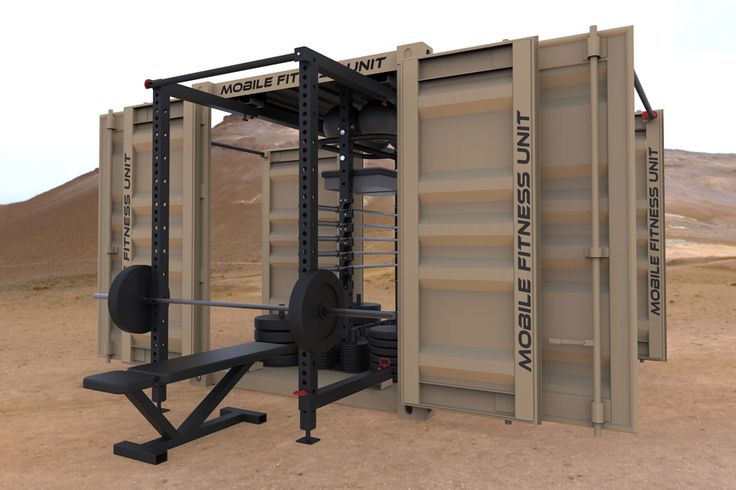 Undoubtedly, innovative development usually takes time and money, and success is not always guaranteed. The price of this strategy may be high, but it is causing a wave of new developments.
Undoubtedly, innovative development usually takes time and money, and success is not always guaranteed. The price of this strategy may be high, but it is causing a wave of new developments.
The innovative development program of Russian Railways is focused on the technological part, and innovations are understood as a separate activity, disconnected from other processes of the company. At the same time, business processes in Russian Railways have many weaknesses (excessive centralization of management, expensive and untimely acquisition of products and components, lack of coordination between departments, outdated regulations and standards, huge volumes of documentation reporting). These issues are largely interrelated and stem from the existing organizational structure and management culture. In addition, in Russian state-owned companies there is a systemic problem with the motivation of people. In Soviet times, working on the railroad was perceived by people as a privilege. Now there are serious problems in the motivation of the state. First, young and talented workers view the employer as unattractive, which leads to a widening generation gap and interferes with the transfer of experience. Second, high pressure on lower level managers and a non-stimulating work environment. However, despite the disadvantages, the emergence of a more innovative culture will solve most of the above problems.
Now there are serious problems in the motivation of the state. First, young and talented workers view the employer as unattractive, which leads to a widening generation gap and interferes with the transfer of experience. Second, high pressure on lower level managers and a non-stimulating work environment. However, despite the disadvantages, the emergence of a more innovative culture will solve most of the above problems.
Literature:
Basic terms (automatically generated) : train, Russia, control system, company, rolling stock, train were, Russian Railways, RUS, innovation, Russian production.
innovations, innovation strategy, Russian Railways, energy efficiency, Siemens
Share in the passenger turnover of the transport system Russia .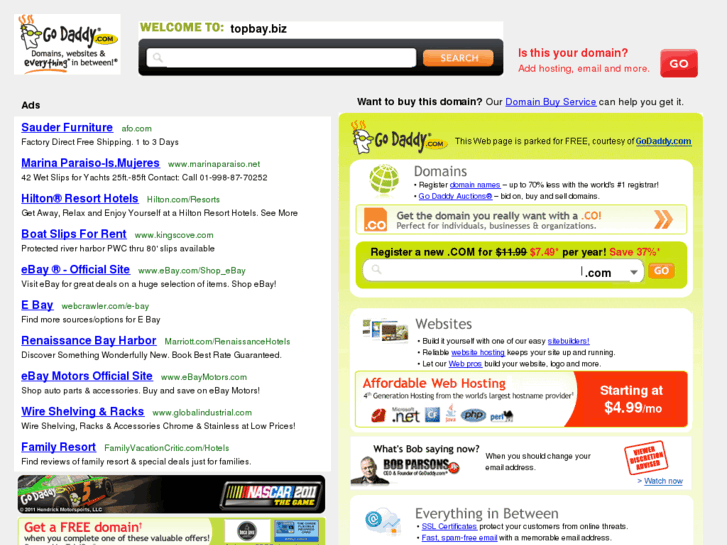 26.4%. Table 2. Fleet rolling stock train
26.4%. Table 2. Fleet rolling stock train
Passenger carriages of suburban trains . 15.6. The mission of the companyOJSC " Russian Railways "consists in the effective development of a competitive Russian and world ...
On the Russian market there are a number of more advanced monitoring and traffic control systems for the train train .
The largest companies have successful experience in implementing these technologies Russia such as Sberbank, Yukos, Rusal, GAZ Group...
Therefore, the development of high-speed and high-speed transportation is a strategic priority for company JSC " RZD ".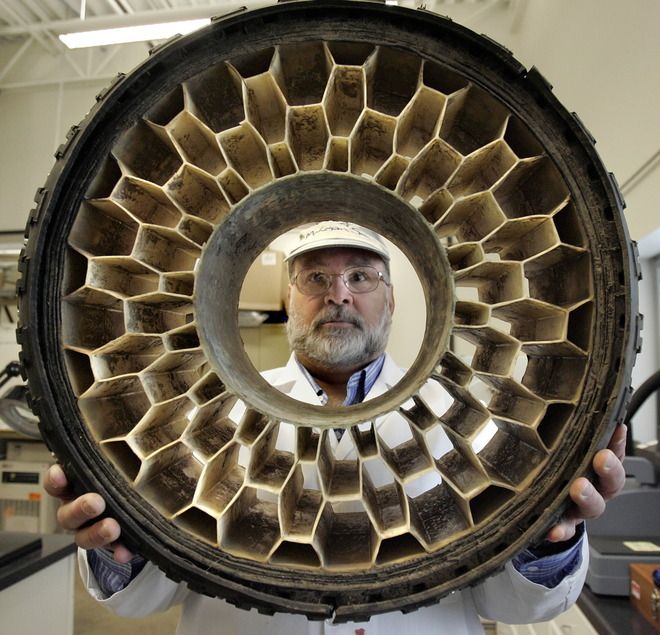
In Italy, the first trains were created with body tilt system - "Pendolino", which were widely adopted in several countries...
The specifics of activities of logistics companies not affiliated with JSC " RZD " are considered.
Basic terms (automatically generated): Russian Railways , transportation, Russia , locomotive traction, operator, wagon fleet, mobile composition , railway transport ...
- arrival and departure of trains is carried out on the receptions of the Sovetskaya Gavan - City station with the locomotives of OJSC “ Russian Railways ”
mobile composition - tanks, midwives, platforms, excavated . Company Terminal BLACK is...
Company Terminal BLACK is...
Unmanned technologies JSC " RZD ". In Russia, by 2020, there will be trains - robots. We are talking about a complete autonomous composition of train , control which is based on a microprocessor unmanned system traffic control (MBSUD).
In terms of operation, will be change the speed of movement, the cost of traction trains [2, p. 230].
Movable composition of the 21st century: ideas, requirements, projects: Sat. scientific Art. [at rus . and English. lang.] /
Technical features of the high-speed electric train Velaro Rus .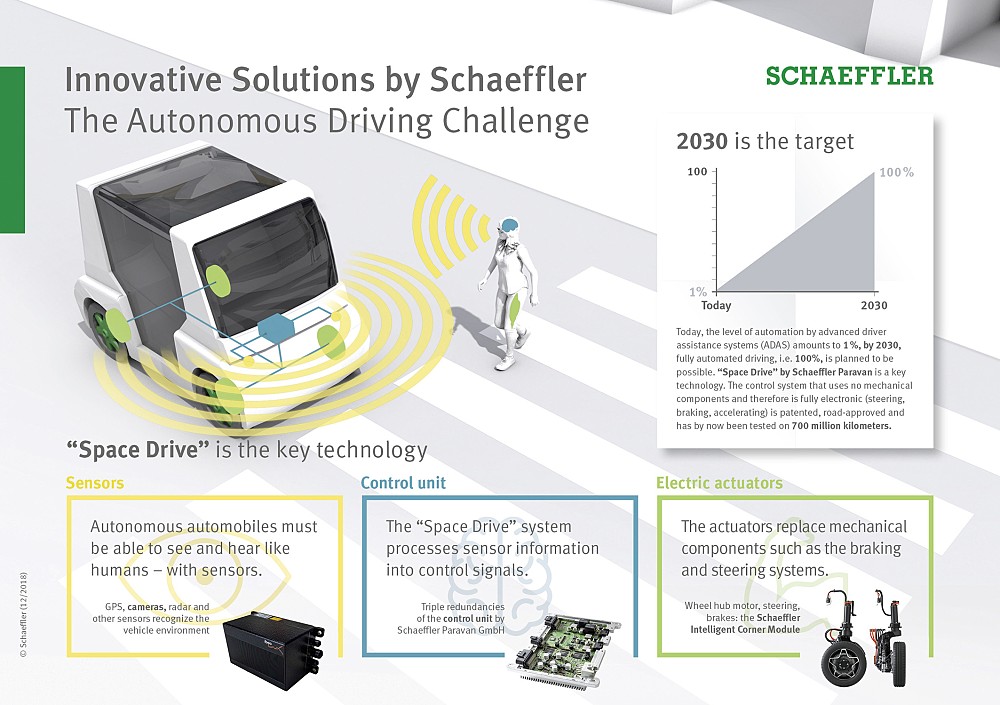
Since 1978 has been implemented system target reception. The situation changed in 2003 after the creation of JSC " RZD ".
In this regard, the company is developing a business education system aimed at training specialists in the field of logistics and supply chain management.
Keywords: railway transportation, Russian Railways , transport system efficiency.
Basic terms (automatically generated): railway transport, road, Russian Federation, Russia , mobile composition , transportation, transport system .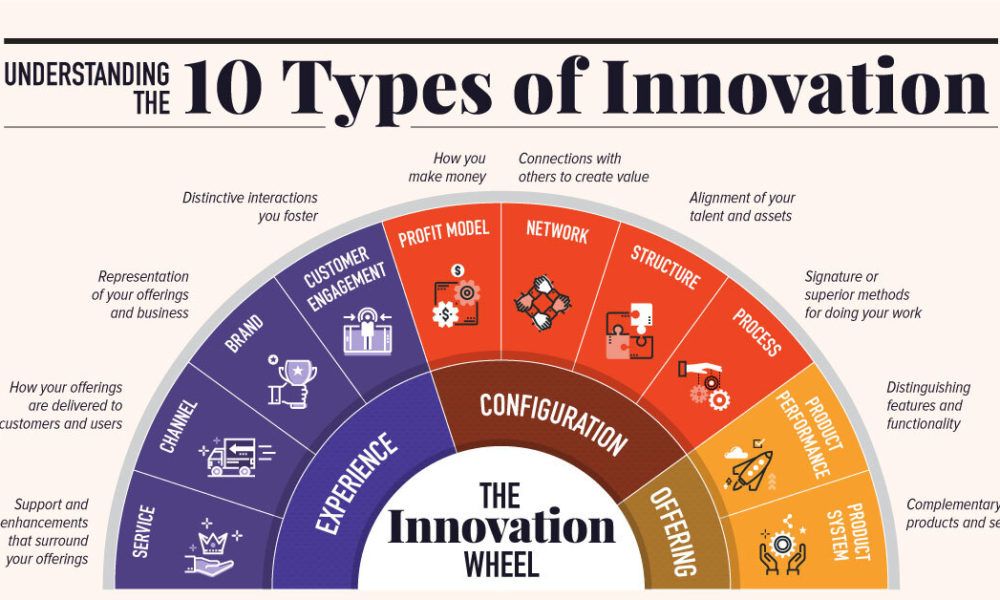 ..
..
Share in the passenger turnover of the transport system Russia . 26.4%. Table 2. Fleet rolling stock train
Passenger carriages of suburban trains . 15.6. The mission of JSC " RZD " is to effectively develop a competitive Russian and world...
On the Russian market there are a number of more advanced monitoring systems and control railway traffic composition .
The largest companies in Russia have successful experience in implementing these technologies, such as Sberbank, Yukos, Rusal, GAZ Group...
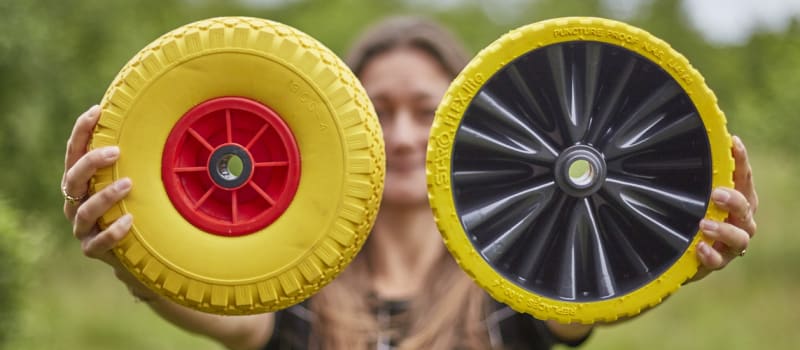 ..
.. Therefore, the development of high-speed and high-speed transportation is a strategic priority for company JSC " RZD ".
In Italy for the first time trains with body tilt system - "Pendolino" were created , which were widely adopted in several countries...
The specifics of activities of logistics companies not affiliated with JSC " RZD " are considered.
Basic terms (automatically generated): RZD , transportation, Russia , locomotive traction, operator, wagon fleet, mobile train , railway transport...
- arrival and departure of trains is carried out on the receiving and departing tracks of the station "Sovetskaya Gavan - Gorod" by locomotives of OJSC " RZD "
Movable train - tanks, gondola cars, platforms, other mobile composition . Company Terminal BLACK is...
Company Terminal BLACK is...
Unmanned technologies JSC " RZD ". In Russia, by 2020, there will be trains - robots. We are talking about a complete autonomous train train , control which is based on a microprocessor unmanned traffic control system (MBSUD).
From the point of view of operation, will change the speed , traction costs trains [2, p. 230].
Movable composition of the 21st century: ideas, requirements, projects: Sat. scientific Art. [at rus . and English. lang.] /
Technical features of high-speed electric trains Velaro Rus .